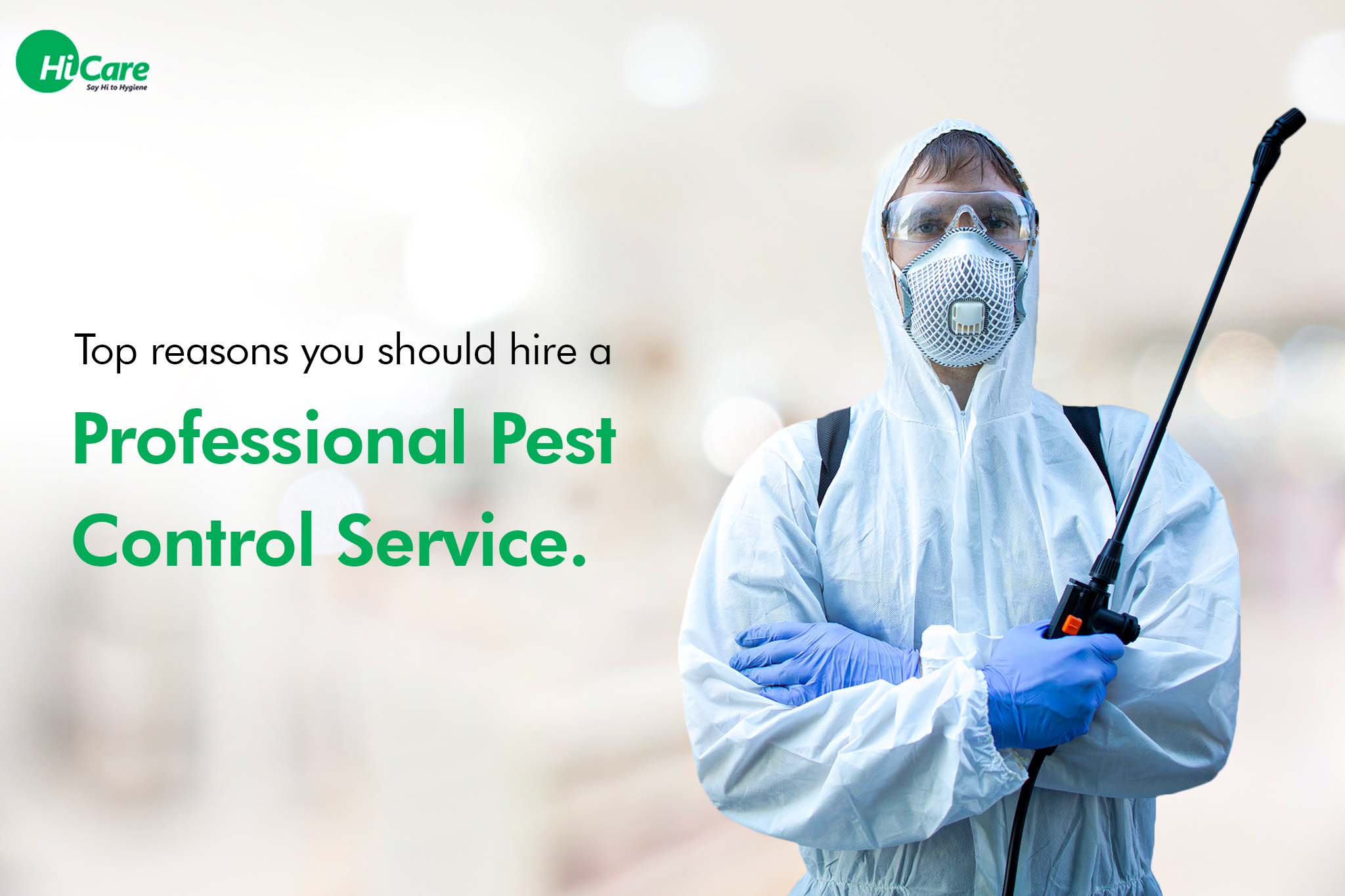A1 Bed Bug Exterminator Charlotte - Specialized Bed Bug Elimination
A1 Bed Bug Exterminator Charlotte - Specialized Bed Bug Elimination
Blog Article
Bed Pest Treatment Break Down: Comparing Chemical Vs. Non-Chemical Solutions
In the world of pest control, especially when handling the relentless problem of bed pests, the choice in between chemical and non-chemical therapy remedies can be a critical one. Both strategies use unique advantages and disadvantages, affecting aspects such as efficiency, security considerations, and total expense. By taking a look at the nuanced details of each technique, a clearer understanding of which course to pursue in dealing with a bed bug invasion can be acquired.
Efficiency of Chemical Treatments
Chemical treatments for bed insect infestations have been widely acknowledged for their rapid and powerful effectiveness in getting rid of these insects. When taking into consideration the efficiency of chemical treatments, it is critical to understand that they can offer a quick and thorough option to a bed pest issue. Expert exterminators often rely on pesticides to target bed insects at numerous stages of their life cycle, consisting of eggs, fairies, and adults. These chemicals generally work by interfering with the bed bugs' nerves, resulting in paralysis and eventual fatality.
Furthermore, chemical therapies have the advantage of using residual effects, implying that they can proceed to get rid of bed bugs also after the first application. This recurring activity is especially beneficial in combating any potential re-infestations. Furthermore, the quick action of chemical therapies can bring alleviation to people facing extreme bed insect problems, allowing them to gain back control of their home swiftly.
Safety And Security Worries With Chemical Solutions
One critical facet that needs careful factor to consider when making use of chemical solutions for bed pest treatment is making certain the safety of residents and the setting. Exposure to certain chemicals made use of in bed insect therapies can lead to respiratory concerns, skin irritability, or other unfavorable responses, particularly in individuals with pre-existing problems or level of sensitivities.
Furthermore, the environmental influence of chemical services is another considerable factor to consider. Some chemicals used in bed bug treatments may be dangerous to valuable pests, wild animals, and ecosystems if they seep right into the soil or water supply. It is necessary to make use of chemical treatments judiciously, adhering to security standards, and taking into consideration much less hazardous alternatives to minimize these risks and guarantee the effective and risk-free monitoring of bed pest infestations.
Benefits of Non-Chemical Techniques
Taking into consideration the potential safety concerns and environmental effect connected with chemical options for bed bug therapy, exploring non-chemical strategies provides an encouraging alternative with several distinctive benefits. Non-chemical treatments are environmentally pleasant, as they do not contribute to air or water air pollution, making them a sustainable choice for bug control.
In addition, non-chemical solutions can be reliable in targeting bed bugs, including hard-to-reach areas where chemical therapies may not permeate - A1 pest control charlotte nc bed bugs. Methods such as heat treatment, vacuuming, heavy steam cleansing, and bed mattress coverings give complete eradication without the use of harmful chemicals.
Limitations of Non-Chemical Treatments

Additionally, non-chemical treatments commonly require numerous applications to attain effective eradication. This can be taxing and might not constantly ensure complete elimination of all bed bugs and their eggs, particularly in hidden or hard-to-reach places.
Moreover, the success of non-chemical treatments heavily depends on correct implementation and thoroughness, which can be challenging for people without professional competence. Inadequate application of non-chemical methods might cause insufficient removal, resulting in persistent problems and the requirement for added treatments.
Therefore, while non-chemical therapies have their advantages, it is important to acknowledge these limitations and consider them when identifying the most efficient technique for managing bed bug invasions.
Cost Contrast: Chemical Vs. Non-Chemical Options
Given the restrictions associated with non-chemical therapies, an essential element to assess in the context of bed pest management is the expense contrast between chemical and non-chemical options. Chemical treatments generally include the application of insecticides by professionals, which can range from $250 to $900 per area, depending upon the intensity of the infestation and the size of the area to be treated. In contrast, non-chemical treatments like heat treatment or heavy pest prevention services steam can be extra costly, with expenses ranging from $1,000 to $6,000 for a whole home. While the preliminary expense of chemical treatments may appear lower, multiple therapies might be required to fully remove the invasion, possibly raising the overall cost. On the various other hand, non-chemical options may offer a much more sustainable and eco-friendly solution, although they can be cost-prohibitive for some people. Inevitably, when considering the price of bed bug therapy choices, it is necessary to weigh the in advance expenses versus the performance and long-lasting sustainability of the selected technique.
Verdict

Taking browse around these guys into consideration the possible safety issues and ecological impact connected with chemical solutions for bed pest therapy, checking out non-chemical methods presents an encouraging alternative with several distinctive advantages.Provided the constraints associated with non-chemical therapies, a crucial element to assess in the context of bed pest administration is the price comparison in between chemical and non-chemical options. In comparison, non-chemical treatments like warmth therapy or vapor can be a lot more costly, with expenses ranging from $1,000 to $6,000 for a whole home. While the preliminary price of chemical therapies might seem lower, several therapies might be needed to totally get rid of the infestation, potentially raising the general price.In conclusion, when contrasting chemical and non-chemical bed bug therapy options, it is essential to think about effectiveness, safety and security, benefits, limitations, and expense.
Report this page